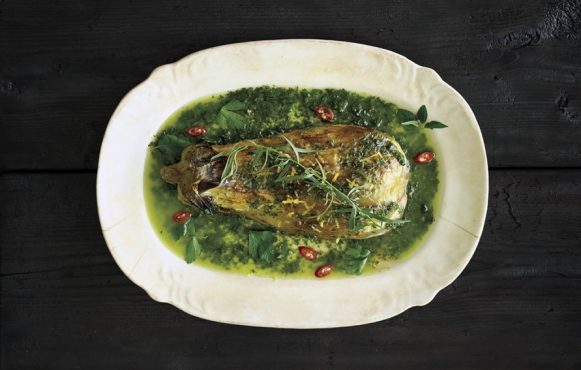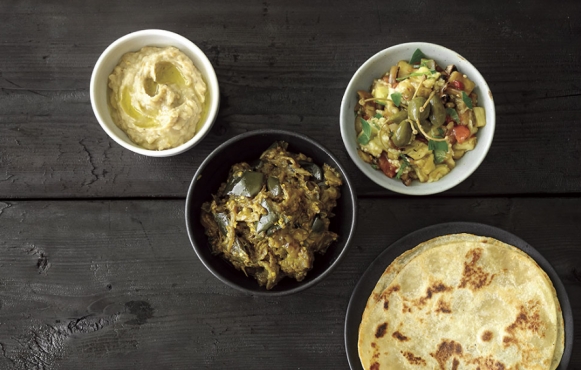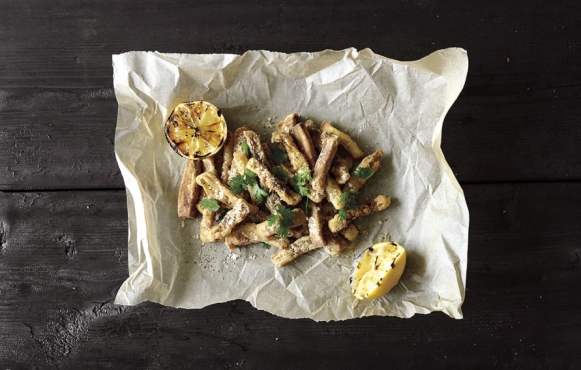Eggplant: The Misunderstood and Under-Appreciated Nightshade

The following recipes show eggplant's versatility using a variety of cooking techniques and offering guidelines for the seemingly endless flavour combinations used to bring this nightshade to life.
When you ask most people if they like eggplant, you tend to get a lukewarm, why-would-you-even-ask-me-that kind of response. In the nightshade family where the stars of the show are tomatoes and peppers, eggplant is usually left to lurk in the shadows. Perhaps, it's for good reason. We can all agree that on its own, eggplant isn’t overly exciting and let’s not even think about it as a snack in its raw state. Cooking eggplant is a game-changer.
I dare say that you'd be hard-pressed to find another vegetable (technically, it’s a fruit) that is as versatile as the orbed nightshade. Think of the eggplant as an edible sponge — its porous texture is a bit of a blank slate and its greatest asset. Roasted, baked, stir-fried, deep-fried, stewed, pickled (I even tried poaching it in syrup as a dessert), it’s a great companion to so many other ingredients. It's no wonder eggplant is so prominent in Middle Eastern, Asian, Greek, Italian and African cuisines. Left to mingle with all the spices, curries, garlic sauces, oils, vinegars and simmered with other vegetables and meats, eggplant is a culinary chameleon.
The origins of the eggplant are a bit murky, but it is widely believed to have originated in India, where strains of wild eggplants can still be found. The eggplant is known by many names around the world — aubergine, crazy apple, Brinjal, guinea squash — but the term “eggplant” was given to the variety with small, round, white fruit, popular throughout Western Europe and Britain, that closely resembled hen or goose eggs. The English name “eggplant” stuck to all related varieties, whether long, large, small, green, various shades of purple or striped.
As a relative of tobacco, the eggplant holds the greatest amount of nicotine of any edible plant. The bitterness that is common to eggplant is a nicotinoid compound found on the exterior of the small edible seeds. Salting the eggplant before using it, has been a common practice to remove some of this bitterness, but modern breeding practices have eliminated much of the bite from today's varieties. Eggplant is comprised of 92 per cent water, so salting it before use does prevent dishes from becoming too soggy and helps the eggplant soak up more flavours.
Finally, eggplant isn't a nutritional powerhouse. It is low in fat and protein and contains only a smattering of vitamins and minerals, mainly manganese, which is good for bone health. That's another good reason for preparing eggplant with herbs and garlic or pairing it with other vegetables — because you don't want to live on an all-eggplant diet.
The following recipes show eggplant's versatility using a variety of cooking techniques and offering guidelines for the seemingly endless flavour combinations used to bring this nightshade to life.








